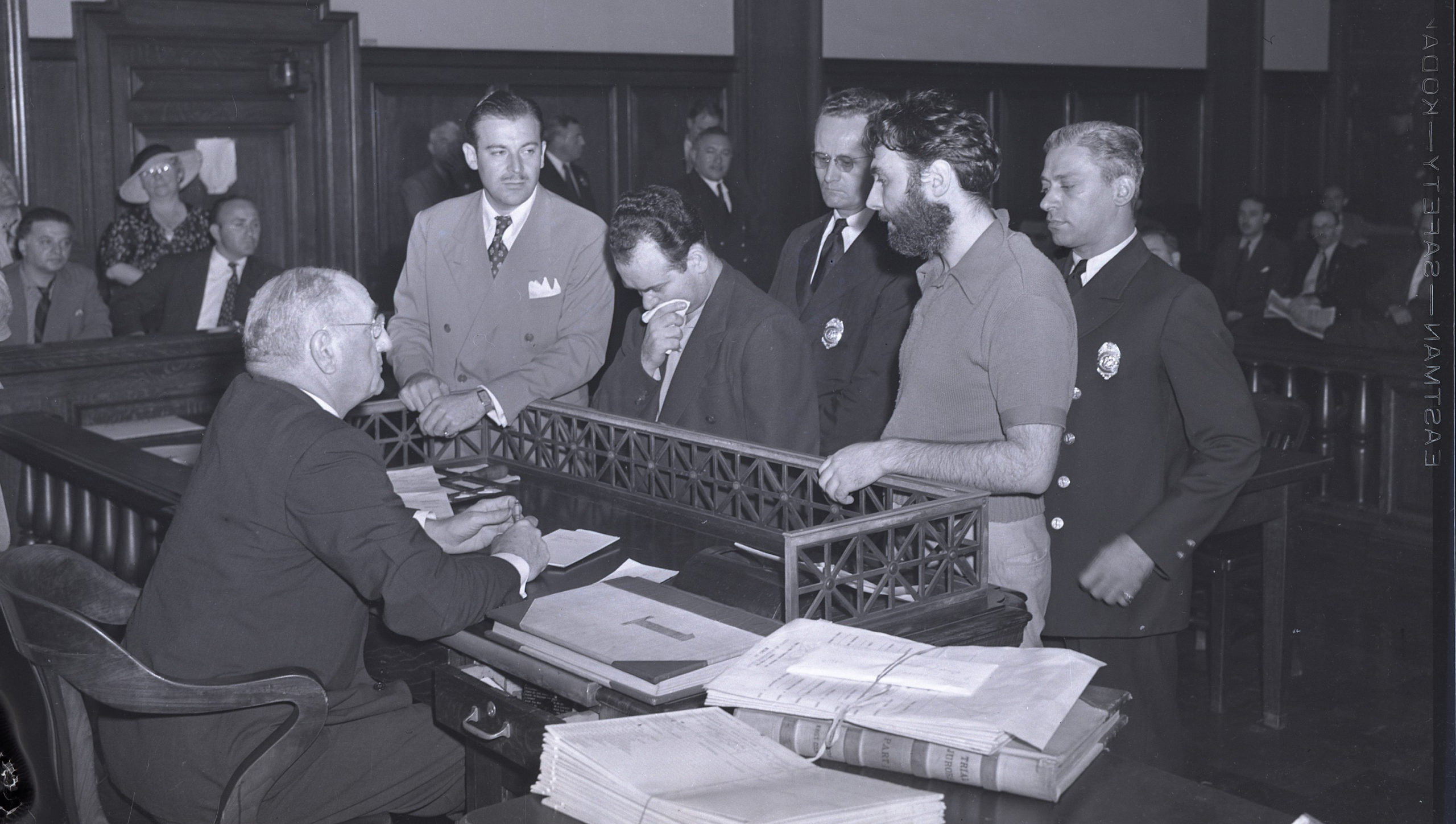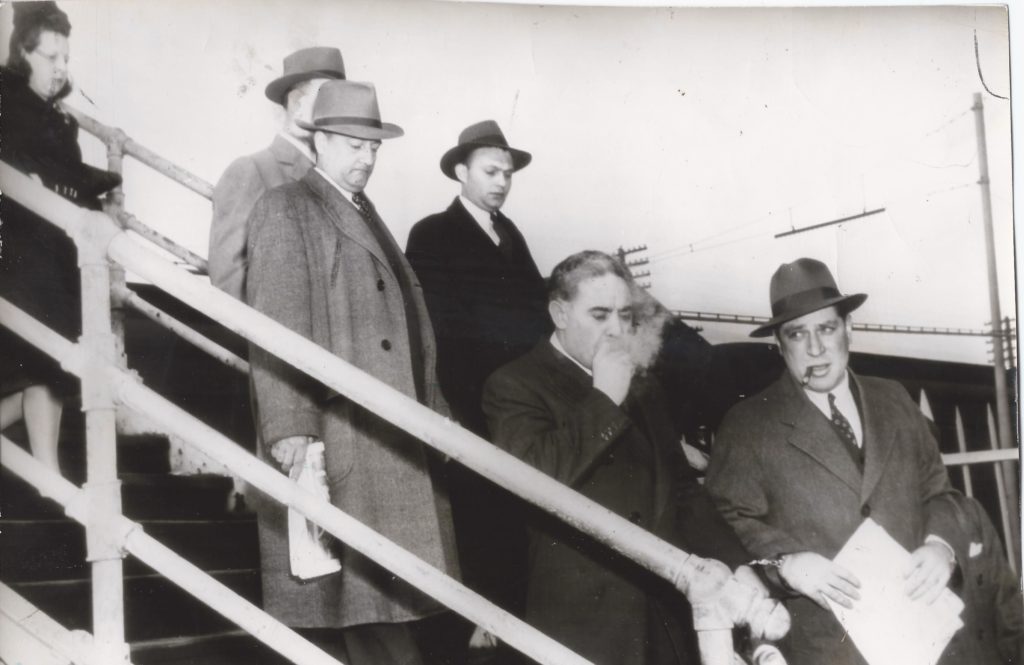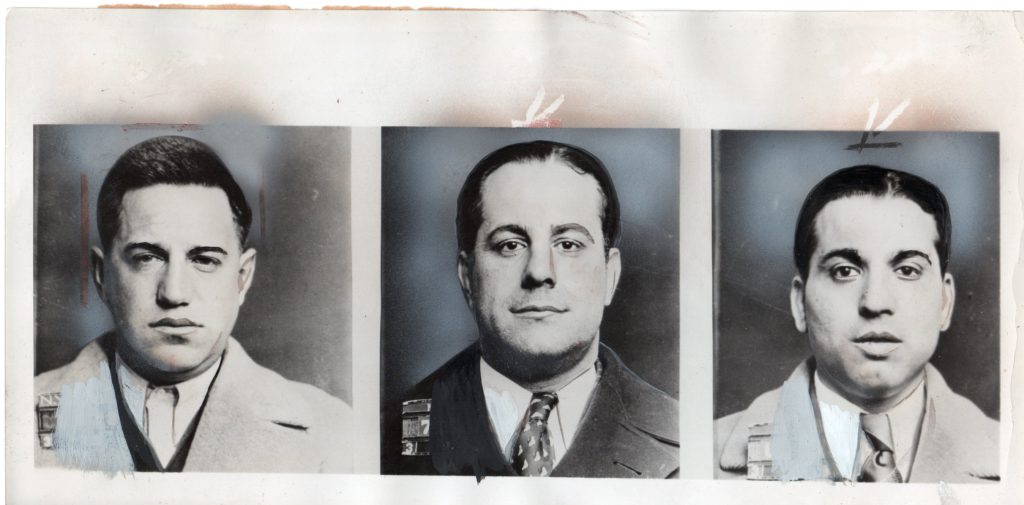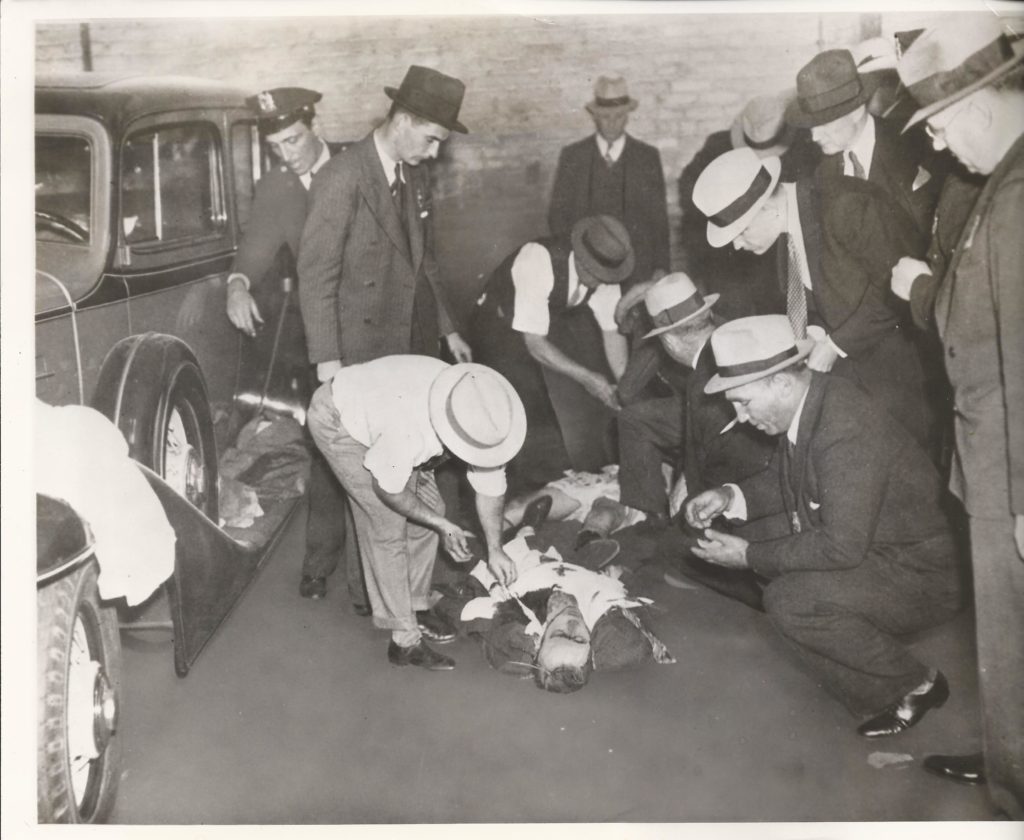The fall of Murder Inc.
Prosecutors brought the bloody reign of Brooklyn’s murder-for-hire collective to an end 80 years ago

It was the most brutal collection of bloodthirsty characters ever produced by organized crime in America. Murder Inc.’s inception, activities and inner workings shocked 1930s society and made newspaper sales soar with sensational headlines and salacious details of underworld death-dealing and deceit.
The proverbial house of cards actually began to fall in the late 1930s, slowly at first, because all the dots were far from being connected by the various law enforcement agencies. Gang-busting was the order of the day during the Depression. In Manhattan, Thomas Dewey put away Charles “Lucky” Luciano in 1936, then went hunting for fugitive Mob kingpins Louis “Lepke” Buchalter and Jacob “Gurrah” Shapiro on antitrust violations, while the feds also wanted Lepke for narcotics. In Brooklyn, Assistant to the Special Prosecutor John Harlan Amen led investigations into corruption, bail bond and racketeering rings. All the while, bodies of slain hoodlums were popping up around the city and all the way to upstate New York, almost always with the same suspects but never any convictions. Unbeknownst to the authorities at the time, all of this was connected to larger, more heinous criminal exploits.
In February 1940, William O’Dwyer became Kings County district attorney, and within a couple of months his prosecutors were tracking down a slew of unsavory characters. The DA’s interest was either piqued or forced by two factors in particular: a grieving mother and a convict with a grievance.
O’Dwyer listened to the woman’s story of how her son was killed and who she believed the perpetrators were. The disturbing tale was corroborated in letters penned by the convict. As fate would have it, several of the suspected villains were already in custody; it merely became a question of which one would start singing. The DA’s office convinced two low-level hoods to talk, Anthony Maffetore and Abraham Levine, followed by one of the most brutal leaders of the gang — Abe “Kid Twist” Reles.

Why were they so willing to talk? Back then, the authorities could apply serious pressure and threats; the possibility of being put to death in the electric chair was a very real and present danger. Soon, more stool pigeons joined the choir, Albert “Tick-Tock” Tannenbaum, Mickey Sycoff and Seymour Magoon among them, while others such as Jack Drucker, Irving Cohen and Jacob Migden chose to go on the lam (all of them were eventually apprehended). By the summer of 1940, O’Dwyer’s office had in custody those they felt were the primary culprits, the most sinister of the lot: Martin “Buggsy” Goldstein, Harry “Pittsburgh Phil” Strauss, Harry “Happy” Maione and Frank “Dasher” Abbandando.
The task of sorting out how best to link the defendants with particular murders was daunting because prosecutors estimated Murder Inc. carried out more than 100 homicides nationwide. The DA settled on trying Goldstein and Strauss for the 1939 murder of Irving “Puggy” Feinstein, while Maione and Abbandano would go on trial for the 1937 murder of George “Whitey” Rudnick.
The biggest shocker related to Mob boss Buchalter. Lepke, who had been hiding out, turned himself in to federal authorities on narcotics charges in 1939, but New York pushed hard to get him. Lepke was handed over to local prosecutors to face capital murder charges in the 1936 shooting death of candy store proprietor Joseph Rosen. Emanuel “Mendy” Weiss and Louis Capone (unrelated to the Chicago Mob boss) joined Lepke on the charge.
Birth of a catch phrase
“They all had killer’s eyes. When you look into them … you see no hate, love, fear or courage and you never can tell what your subject is thinking.”
—Burton Turkus, assistant district attorney, 1944
What was Murder Inc. exactly? In terms of the Mob’s Depression-era quasi-corporate evolution, the idea behind its formation, perhaps ironically, was to limit the violence that always brings more heat on the organization as a whole. The smartest of gangland bosses realized that dead men can’t pay their debts, but if someone becomes an outright liability, there must be an organized, sanctioned system in place to deliver violence.

As the story goes, two of the top dogs — Buchalter and Albert Anastasia — had just the right type of guys in mind for the job. Culled from the Brownsville and Ocean Hill sections of Brooklyn, a core team of Jewish and Italian thugs were tasked with dishing out Mob justice upon informants, deadbeats, witnesses, rivals and basically anyone whom the upper brass issued a contract to kill. These hired killers had a collective history of violence second to none in the Brooklyn underworld.
Notwithstanding the debate over when, exactly, this band of killers officially went on retainer, it can be traced back to a point of origin between 1931 and 1934. As time went on, Murder Inc. expanded to include both direct and loosely associated underlings and assassins, but the base of operations eventually was established inside Mrs. Rose Gold’s otherwise nondescript corner store at 779 Saratoga Avenue.
The catch phrase “Murder Inc.” went viral after most of the gang was broken up by law enforcement during the first half of 1940. Not unlike the hazy origins of the murderous crew itself, the question of who actually came up with the phrase is subject to debate, but it likely was the brainchild of one of two imaginative newspapermen: Asa Bordages or Harry Feeney. Within the underworld, the killer group was simply known as “The Combination.”
Trial by fire
The fall of Murder Inc. was a continuously unfolding event, with convictions, executions and appeals continuing well into 1944. But 1941 proved to be the fateful year for most of the core individuals. Burton Turkus, assistant DA, spearheaded efforts to swiftly prosecute beginning in the spring of 1940. He had the defendants tried in groups or pairs. The testimony of turncoats such as Reles, Tannenbaum and Magoon had a devastating effect. Rich in courtroom drama and scandalous side stories, the trials proved truth is indeed stranger than fiction. Lurid tales of icepick and meat cleaver killings were enhanced by accounts of gang girlfriends frolicking on beaches with celebratory killers and assisting in evidence destruction.
Murder Inc.’s unraveling was a convoluted, far-reaching affair cast with many lead actors and dozens of supporting roles. Some could argue the prosecution overreached, arguing for death sentences based not on forensic evidence but almost entirely on testimony of equally culpable underworld turncoats. Still, it didn’t take long for the zealous prosecutors to tally up wins and see the defendants handed capital punishments.

The first men led to the electric chair were Goldstein and Strauss. They were put to death in June 1941. Maione and Abbandando saw a glimmer of hope when their convictions were overturned in 1940, only to have those hopes dashed when their sentences were upheld in April 1941. They were put to death in February 1942.
Numerous other Murder Inc. trials were underway almost simultaneously. In Essex County, New Jersey, Charles “The Bug” Workman went to prison for the 1935 murder of Arthur Flegenheimer, better known as Dutch Schultz. Authorities whisked Reles and Tannenbaum to Los Angeles in September 1941 to testify against Benjamin “Bugsy” Siegel for the 1939 murder of Harry Greenberg (Siegel was acquitted), and in New York’s Nassau, Monticello and Sullivan counties, cold cases were being reexamined and trials commenced against other syndicate associates, including but not limited to Irving “Big Gangi” Cohen and Vito Gurino.
Into the hereafter
In a bizarre turn of events, the prosecution’s star witness — Reles — either fell, jumped or was thrown from the sixth-story window of a hotel on November 12, 1941. Reles, in protective custody with other witnesses at the time, was scheduled to testify in the biggest of the Murder Inc. trials, against boss Buchalter. The death didn’t alter the inevitable, though. Tannenbaum’s testimony proved sufficient. He had been within earshot of Buchalter issuing the murder contract for underlings to take out Joseph Rosen. That was enough evidence to condemn Buchalter, Weiss and Capone to death. The trio were marched into Sing Sing’s death chamber on March 4, 1944.

Although other trials were still taking place, Buchalter’s death marked the end of Murder Inc. executions and would go down in history as the only instance when a Mob boss was put to death.
As for the legal eagles O’Dwyer and Turkus, the former became New York mayor but unceremoniously left office amid scrutiny for never pursuing Murder Inc. boss Albert Anastasia, the mysterious and unsolved death of Abe Reles, and his alleged “friendship” with Mafia heavyweight Frank Costello. Turkus, meanwhile, publicly claimed he wasn’t after fame, but he certainly took to it with ease. He embarked on speaking tours and radio appearances and co-wrote a book with Sid Feder, titled, appropriately enough, Murder Inc.
Christian Cipollini is the author of Murder Inc.: Mysteries of the Mob’s Most Deadly Hit Squad and Lucky Luciano: Mysterious Tales of a Gangland Legend.
Feedback or questions? Email blog@themobmuseum.org





